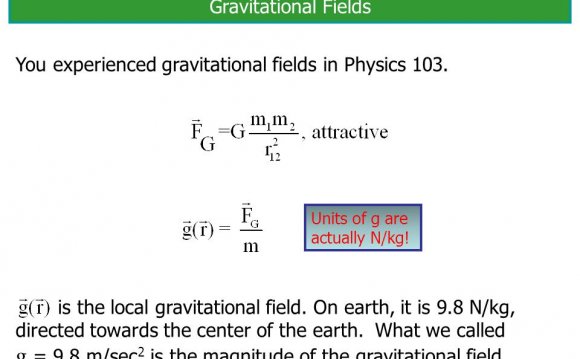
Valery V. Nesvizhevsky, Hans G. Börner, Alexander K. Petukhov, Hartmut Abele, Stefan Baeler, Frank J. Rue, Thilo Stöferle, Alexander Westphal, Alexei M. Gagarski, Guennady A. Petrov & Alexander V. Strelkov
- Institute Laue-Langevin, 6 rue Jules Horowitz, Grenoble F-38042, France
- University of Heidelberg, 12 Philosophenweg, Heidelberg D-69120, Germany
- Petersburg Nuclear Physics Institute, Orlova Roscha, Gatchina, Leningrad reg. R-188350, Russia
- Joint Institute for Nuclear Research, Dubna, Moscow reg. R-141980, Russia
The discrete quantum properties of matter are manifest in a variety of phenomena. Any particle that is trapped in a sufficiently deep and wide potential well is settled in quantum bound states. For example, the existence of quantum states of electrons in an electromagnetic field is responsible for the structure of atoms, and quantum states of nucleons in a strong nuclear field give rise to the structure of atomic nuclei. In an analogous way, the gravitational field should lead to the formation of quantum states. But the gravitational force is extremely weak compared to the electromagnetic and nuclear force, so the observation of quantum states of matter in a gravitational field is extremely challenging. Because of their charge neutrality and long lifetime, neutrons are promising candidates with which to observe such an effect. Here we report experimental evidence for gravitational quantum bound states of neutrons. The particles are allowed to fall towards a horizontal mirror which, together with the Earth's gravitational field, provides the necessary confining potential well. Under such conditions, the falling neutrons do not move continuously along the vertical direction, but rather jump from one height to another, as predicted by quantum theory.
INTERESTING VIDEO











